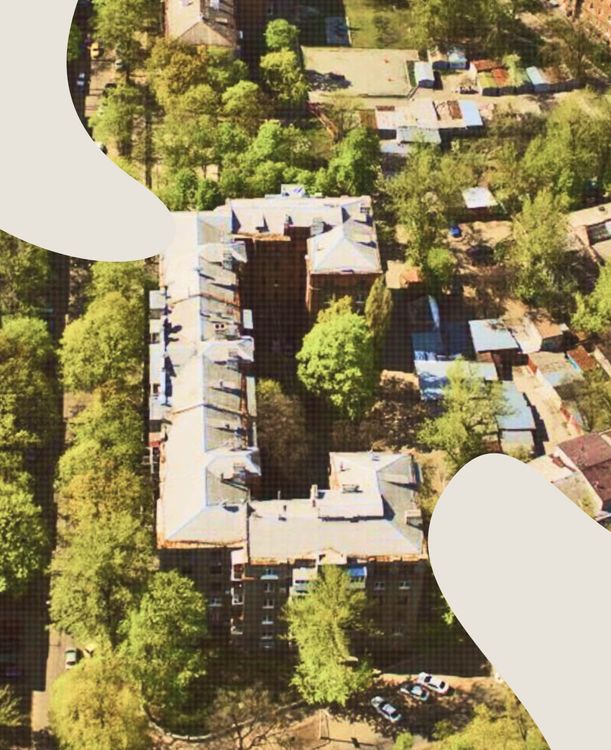“Nasha armiia, nashi khranyteli” (“Our Army, Our Guardians”)
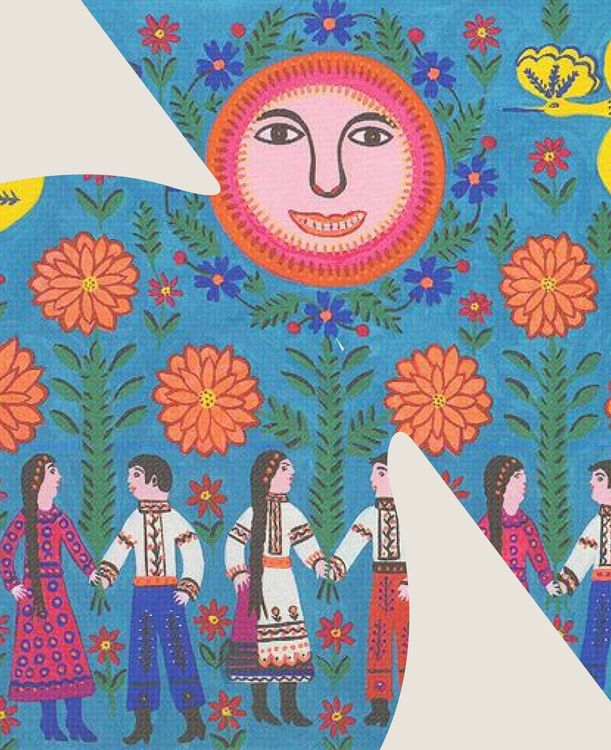
Painting by Ukrainian artist Maria Prymachenko.
1978
Fonts:
NAMU (1600)
Designer:
The fantastic artistic world of Maria Prymachenko was a bright flash in art against the backdrop of the black and white 20th century.
The artist’s style is so recognizably Ukrainian, and the subjects are so symbolic and original, that her paintings can surely be viewed as a far-beyond-Ukraine portal to Ukrainian folk art.
One of the most celebrated Ukrainian artists, Maria Prymachenko, represents naive art. In the World Encyclopedia of Naive Art (1984), her name is listed along with the world-famous representatives of this style, the Frenchman Henri Rousseau and the Georgian Niko Pirosmani. UNESCO declared 2009 the year of Maria Prymachenko.
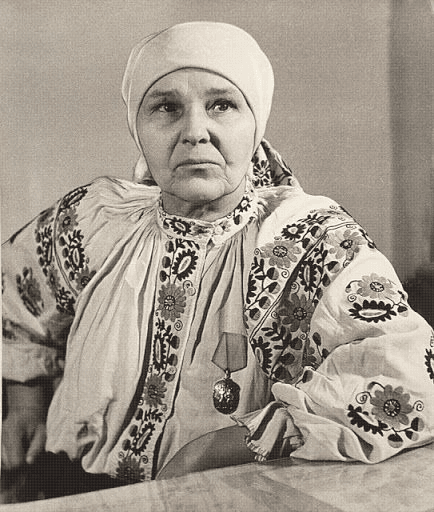
With her paintings, the artist created a unique fantastic world woven from folk Ukrainian art, the myths of the Polissia region and her own rich imagination. Prymachenko comprehended and interpreted folk motifs, ornaments and traditions in a unique artistic style. Through colors and lines, she secured the time and world she lived in for future generations.
The main images in her art were decorative flowers of unusual shapes and colors, birds, animals and other fictional creatures — sometimes toothy, multi-headed or multi-legged, with expressive eyes, etc.
Maria Prymachenko’s naive and, at first glance, simple paintings often referred to complex and tragic themes, such as the war or the tragedy at the Chornobyl Nuclear Power Plant, or were allegories of the society of that time and processes in it. Thus, the artist dedicated a series of paintings “May That Nuclear War Be Cursed!” to the Chornobyl disaster. Prymachenko also depicted feelings, such as love.
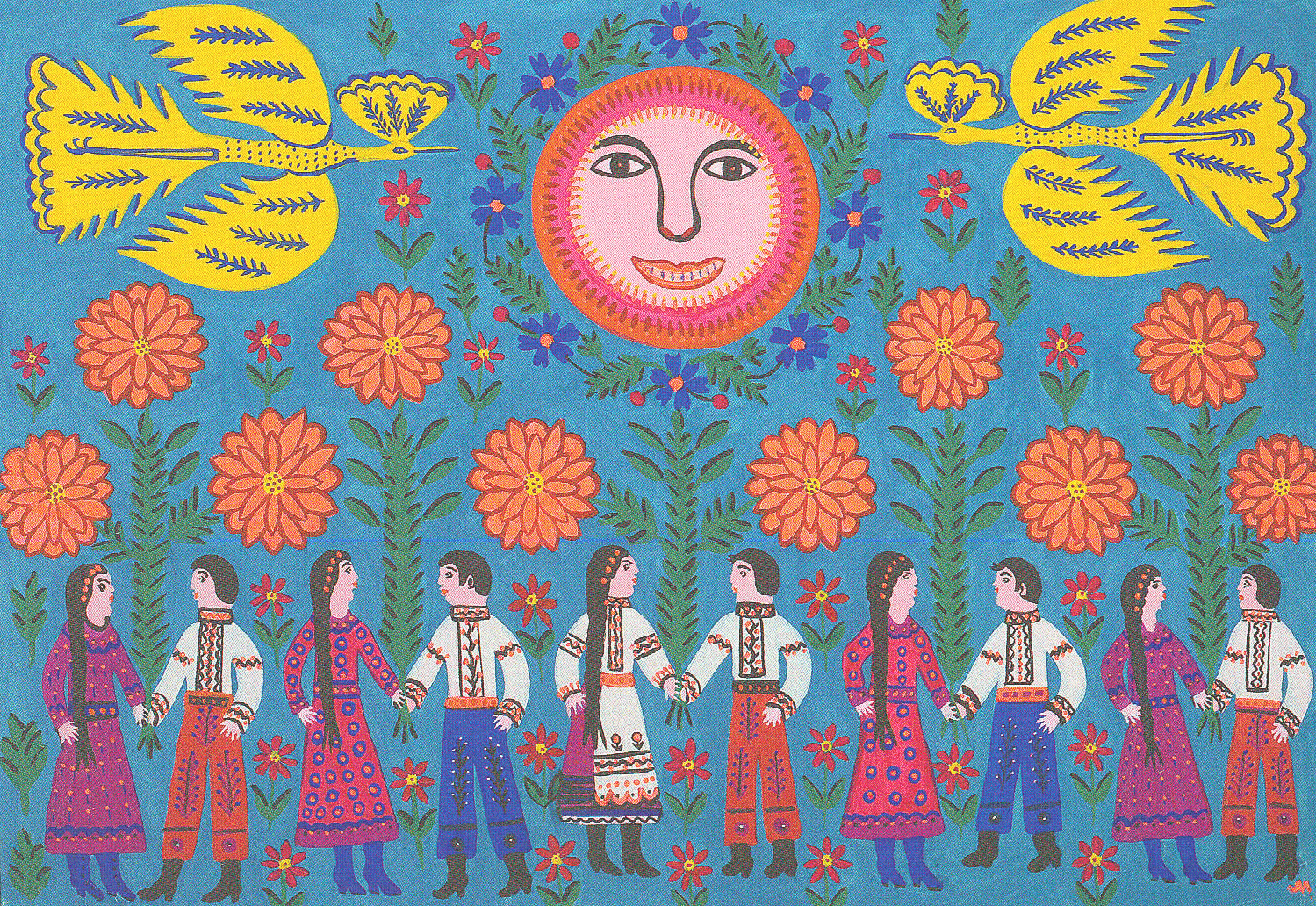
On the back of her paintings, Prymachenko left laconic phrases based on folk motifs, which briefly described the subject. For instance, “Wolf. However much you feed a wolf, it always looks to the forest,” “Lazybones lay down under an apple tree waiting for the apple to fall into his mouth, but it hit him on the forehead.”
In this way, she addressed people not only through images, but also through words.
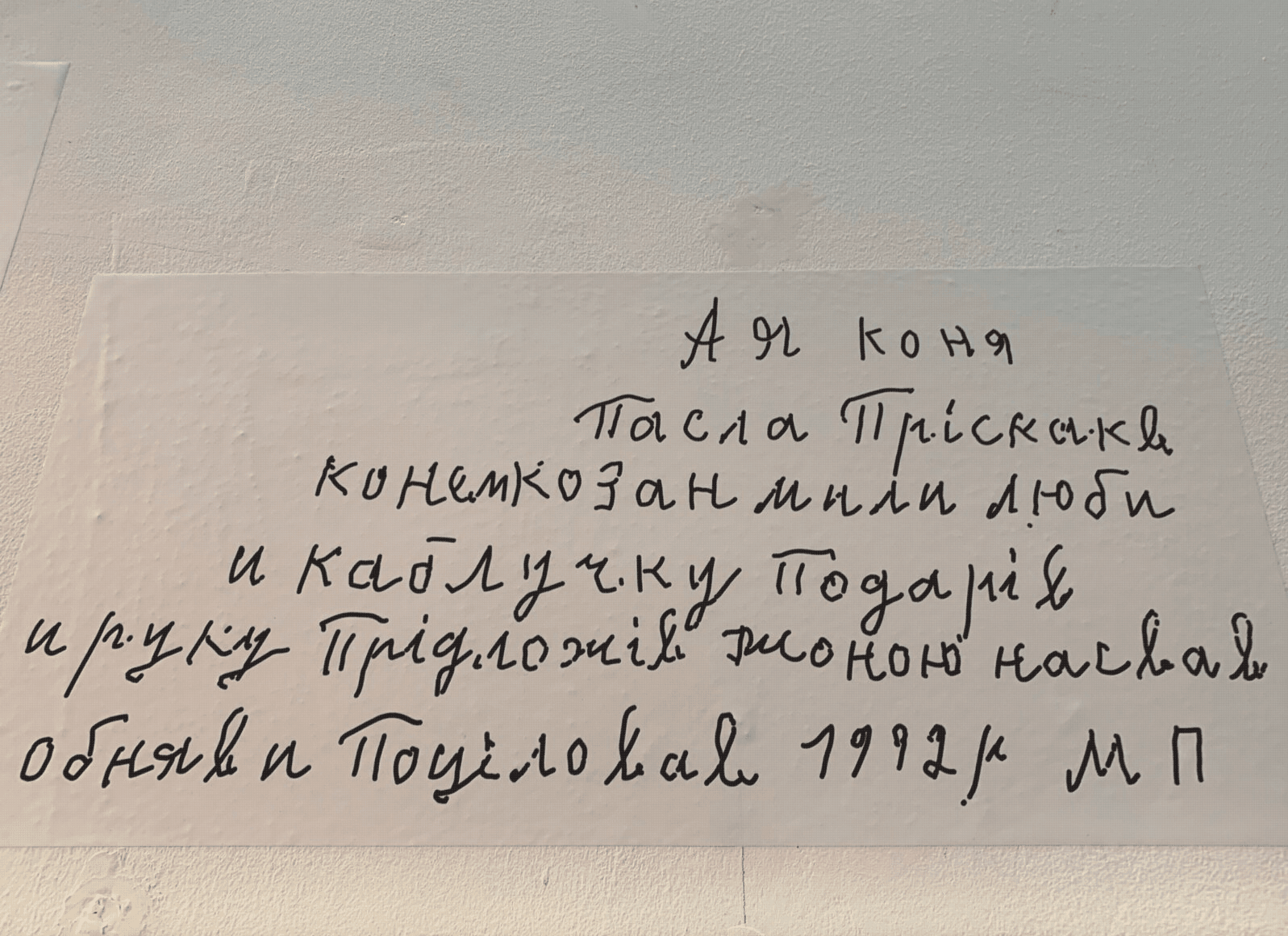
Through the life-affirming paintings of the artist also echoes the war –– we can see the soldiers’ graves, scenes of farewell to relatives as they are sent off to the front, and bouquets of flowers that the painter dedicated to the soldiers. War affected Prymachenko’s family personally, her husband died in the Second World War.
However, could Maria Prymachenko imagine back then that war would affect her art even after her death? In February 2022, at the beginning of the full-scale invasion of Ukraine, Russian troops destroyed the local history museum in the artist’s home village in Kyiv region. Luckily, the locals were able to save most of her paintings.
Could the painter envision how relevant and close to every Ukrainian’s heart her dedication “Our Army, Our Guardians” would become today?
Today, the Ukrainian army heroically defends its land and the people, and with them – the memory of the rich Ukrainian culture and prominent ancestors.
Fonts:
NAMU (1600)
Details:
“Nasha armiia, nashi khranyteli” (“Our Army, Our Guardians”)
Designer:
About font:
Next letter and event

“Nasha armiia, nashi khranyteli” (“Our Army, Our Guardians”)
this project
in social
“Shchedryk” (The Little Swallow)

Yuzivka

Yrii (/'irij/: iriy), yndyk (/in'dik/: turkey) and yrod (/'irod/: Herod)

“Yak umru to pokhovaite...” (When I am dead, bury me...)

Khreshchenia Rusi (Christianization of Kyivan Rus’)


Falz-Fein and his “Askania Nova”

Georgiy Gongadze


“Nasha armiia, nashi khranyteli” (“Our Army, Our Guardians”)

“Smilyvi zavzhdy maiut shchastia” (“The brave always have happiness”)


Falz-Fein and his “Askania Nova”

Zaporizka Sich (The Zaporizhian Host)

Chornobyl Disaster

“Yak umru to pokhovaite...” (When I am dead, bury me...)

Yrii (/'irij/: iriy), yndyk (/in'dik/: turkey) and yrod (/'irod/: Herod)


“Nasha armiia, nashi khranyteli” (“Our Army, Our Guardians”)

Creative & Tech Online Institute
Медіа про дизайн, креатив і тех індустрії

Ukrainski sichovi striltsi (The Ukrainian Sich Riflemen, or the USS)

Antonov AN-225 Mriya ("The Dream")
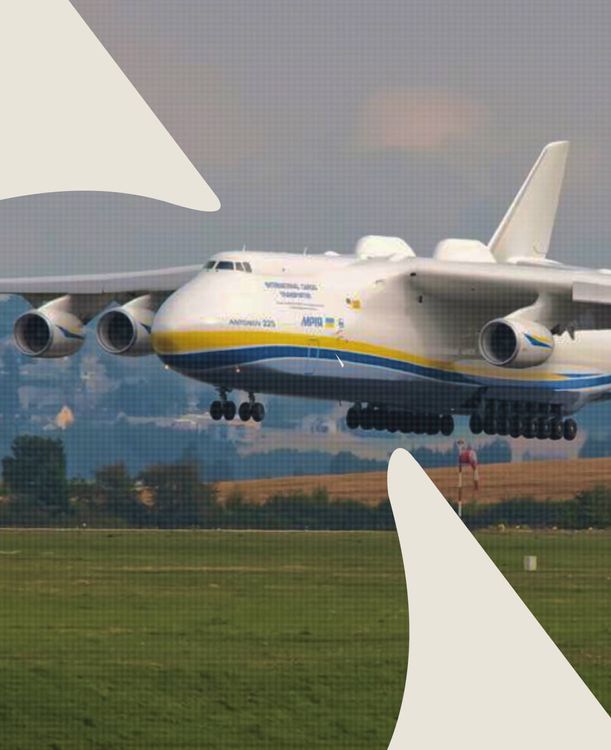
1991 Ukrainian Independence Referendum

Crimean Tatars, Karaites and Krymchaks (qırımlılar, qaraylar)

Chornobyl Disaster

Holodomor

Antonov AN-225 Mriya ("The Dream")


Shliakh iz variah u hreky (Route from the Varangians to the Greeks)

Chornobyl Disaster

Lisova Pisnia (The Forest Song)
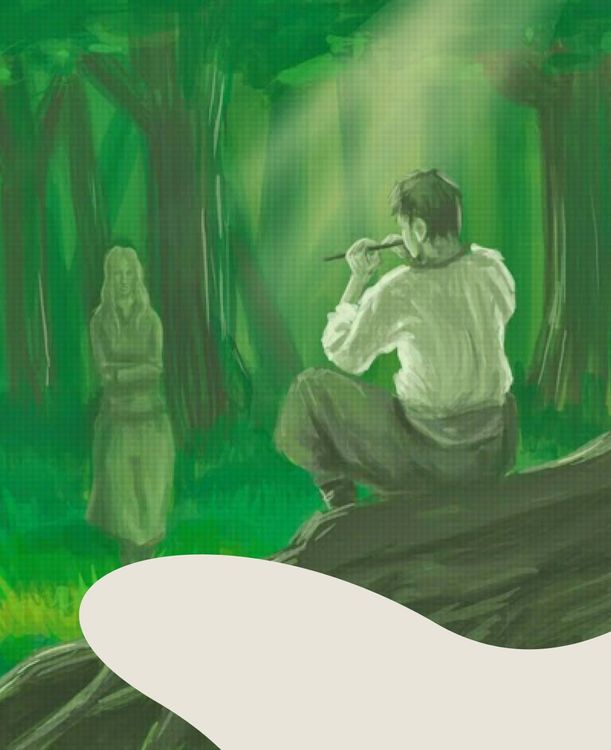
Peresopnytske Yevanheliie (The Peresopnytsia Gospel)

Yizhak protytankovyi (Czech hedgehog)

Antonov AN-225 Mriya ("The Dream")

1991 Ukrainian Independence Referendum

Budynok “Slovo” (The Slovo Building, or "The Word")
